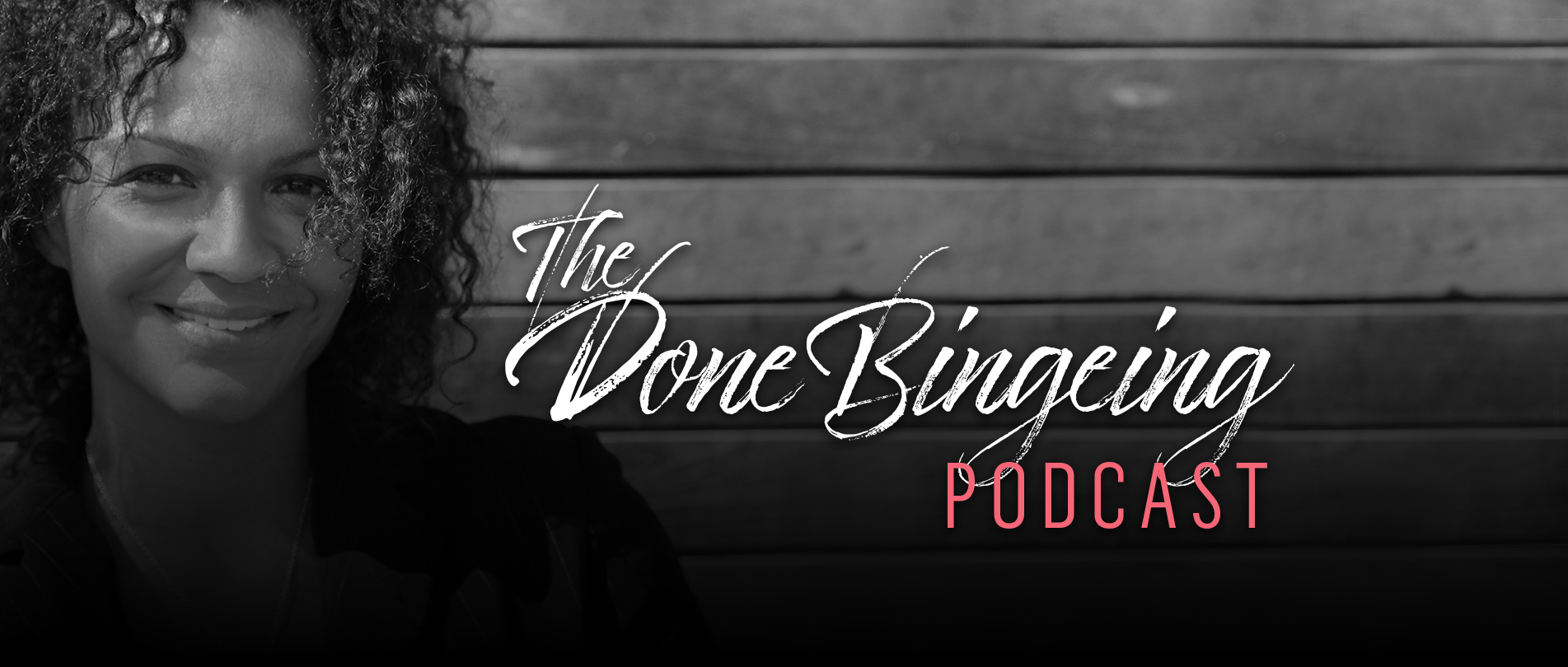
EP #44: Special series-12 keys to end binge eating, Key #7: Unlearn the desire to overeat (ii)
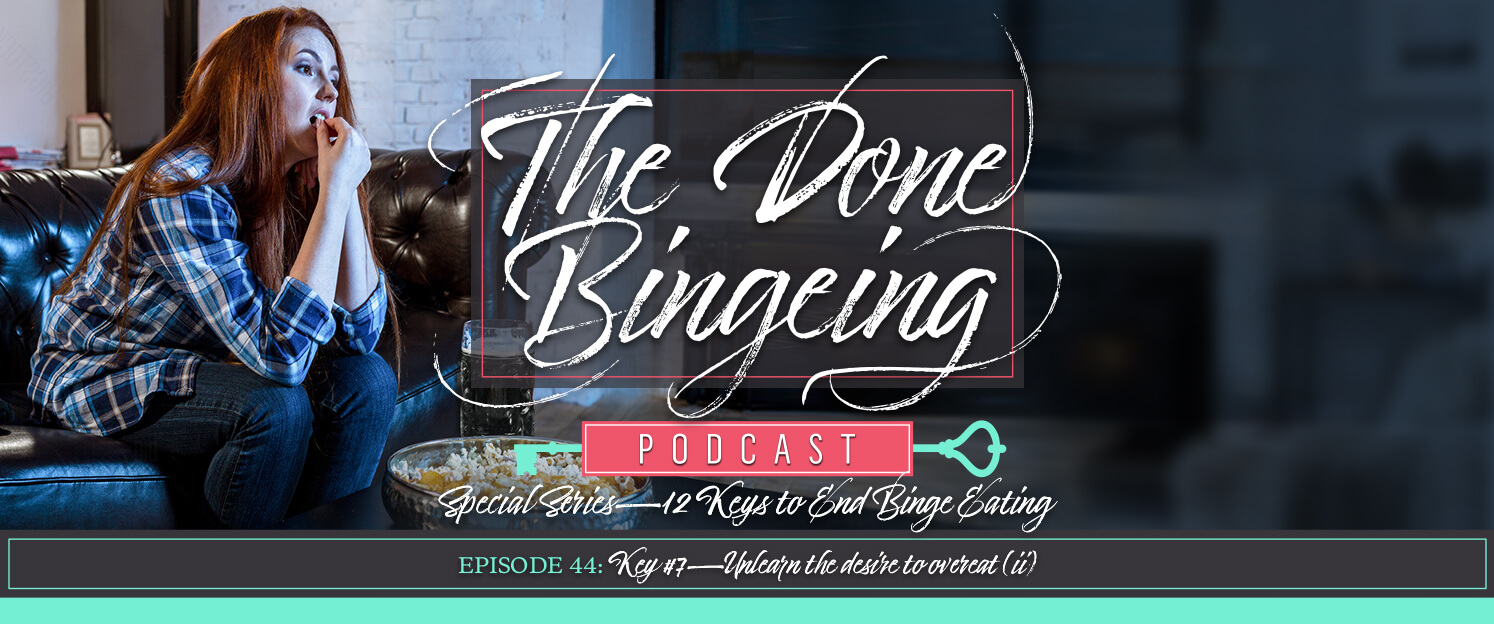
My e-book, 12 Surprising Steps to End Binge Eating, Starting with Your Very Next Urge, is available for free for a limited time. You can download your copy here: https://www.holdingthespace.co/12-surprising-steps-to-end-binge-eating/
Get full show notes and more information here: https://www.holdingthespace.co/44
Episode: Play in new window
Subscribe: iTunes | Google Play | Stitcher | RSS
- Why emotional eating is so alluring.
- What to do when you’re trying to feel an emotion instead of eat an emotion.
- What the payoff is for allowing a difficult emotion to unfold without eating to make it go away.
- What’s waiting to be discovered under your emotions.
- Download your copy of 12 Surprising Steps to End Binge Eating, Starting with Your Very Next Urge, while it’s still available for free: https://www.holdingthespace.co/12-surprising-steps-to-end-binge-eating/
What do a shovel and a runway have to do with emotional eating? Keep listening!
Welcome to The Done Bingeing Podcast. This is the place to hear about how you can pair the emerging brain science about why you binge with powerful life coaching to help you stop. If you want to explore a non-clinical approach to end binge eating, you’re in the right place. It’s time to free yourself. You have more power than you know. And now, your host, Life and Weight-Loss Coach Martha Ayim.
Welcome to Episode 44 of The Done Bingeing Podcast and to part 10 of this special series, 12 Keys to End Binge Eating. This episode continues the discussion we began last time about the seventh key: Reduce the Desire to Overeat.
In the last episode, we talked about how it can sometimes feel like you’re eating against your own will, like the desire to overeat is just a given. But this desire isn’t just a given. The desire to overeat is learned. And you can unlearn it.
To unlearn it, you need to understand four main sources behind this desire: 1. we use food to anaesthetize painful emotions; 2. we’re conditioned to overeat by society; 3. our dopamine system gets hijacked by high-sugar foods; and 4. our hormones are out-of-whack and scrambling our hunger and fullness signals.
In this episode, we’re delving into the first factor behind the desire to overeat: emotional eating.
We eat emotionally when we’re struggling to cope with a difficult emotion or trying to make it go away. Although the emotions we run from vary from person to person, the tactics are pretty similar.
Some of you tell me you try to take down anger with tacos.
Some of you tell me you try to wallop restlessness with waffles.
Some of you try to snuff out stress with strudel.
And some of you kill joy with Chips Ahoy!
It’s so interesting that we can feel uncomfortable with any emotion. I had a client who binged whenever she felt okay.
So, what is it that overeating offers? Well, at the very least, overeating delivers a distraction and an analgesic.
When we overeat, we get busy. There’s so much to do. We’ve got to decide what to eat. We’ve got to focus on how to get that food. We have to figure out where we can eat it in secret—not to mention all the time we get to spend savoring the anticipation of how good we think it will taste.
All of this takes us away from what ails us. Maybe for five minutes, maybe for fifteen, maybe for fifty.
Less if we’re going to eat a box of cookies standing up in the pantry. More if we’re going to the drive through then bingeing on fried chicken in the parking lot.
Whatever the duration, it’s time away and attention away from the emotion we don’t want to feel.
And that’s not all, once we’ve eaten to the point where we can’t think clearly or where we have to lie down, we’re in the land of fog and we’ve drifted from distraction into anesthesia.
So on the one hand, bingeing works. It reduces or removes what we don’t want to feel—at least in the short term. But, unfortunately, there’s another hand, and on that other hand is this: we get good at whatever we practice.
So, here’s the question: Do you want to get better at eating frosting when you’re frustrated? Or do you want to get better at feeling frustrated when you’re frustrated? Whatever you decide is the future you’ll create.
Now, I’m gonna go out on a limb here and I’m gonna guess that, because you’re listening to this podcast, you don’t want to get better at eating when you’re frustrated. And anyway, if you’ve been overeating or bingeing for a long time, you’re probably already pretty good at that. But . . . you probably don’t love the idea of feeling frustrated, either.
So, what are you supposed to do? Well, what if you were willing to try to feel frustration first, before you ate to make it go away? Let me put this another way: What if you were willing to feel uncomfortable, to feel discomfort? Willing to choose feeling over frosting.
Now, that might not be the sexiest suggestion you’ve ever heard. But bear with me.
You might notice that—even though it may not be easy, especially at first—feeling frustrated isn’t as bad as you’d thought. Maybe it amounts to a tense face, damp palms, and restless legs that last for about 20 minutes. That doesn’t seem so hard, does it?
But what if it is hard?
Then I want you to remember this: You can do hard things. And what’s the payoff? Freedom. That’s what. Short-term discomfort for long-term freedom. I get it—it’s a tough sell, but it can change your life.
And it’s not like you just sit there and feel awful. You also have things you can focus on when you’re feeling a feeling, too. For example, what exactly does frustration feel like in your body? Maybe it’s not face tension, sweaty palms, and restless legs. If it’s not those things, how precisely does frustration manifest as a collection of sensations in your body? That’s question number 1.
Here’s question number 2: On a scale from 0 (not frustrated at all) to 10 (so frustrated you want to punch a hole in a wall), where do you land the moment you notice the feeling?
Question number 3 is this: How does the intensity of the emotion change from minute to minute?
Question number 4 is: How long does the emotion last?
Here’s what I’ve found from working with so many of you and the data you share with me about your experience of a difficult feeling:
The feeling usually expresses itself in about three or four different areas of your body.
The intensity of the emotion seems to be surprisingly lower than what you’d expected. But even if the intensity does start out around an 8 or a 9 out of 10, it drops a notch or two almost the instant you start to pay attention to it.
Why?
Because you’re now in observer mode—and that gives you distance, a bit of space between you and what you’re feeling. You are not frustration. You’re not even just feeling frustration. You’re now watching yourself feel the frustration. And when you become your own witness, you can start to see how the emotional intensity changes over time and that the emotion probably lasts between a few seconds and a few minutes.
Now, that’s a different picture from feeling like the frustration is going to do you in. This is what it takes to get feel the truth of your emotion. And not only that—to get good at feeling the truth of your emotion. Why? Because you’re practicing feeling it. The result? Soon, the emotion is no longer a threat. Just like when you get good at experiencing what an urge to binge actually feels like, it loses its threat over time.
Now, you don’t have to binge to make either one—a difficult emotion or a nagging urge—go away.
And, now, you actually get a chance to see what’s under the emotion.
Maybe you’re frustrated because you don’t like watching sports every night during your “special couple time” with your partner. That doesn’t feel so special to you. Once a week is totally cool, but every night? Uh-unh. What you have now is an opportunity to address what’s really bothering you.
One of my clients Elizabeth once said to me, “Well, I’ve stopped bingeing, but now I’m fighting with my husband and that’s terrible.”
“Is it?” I asked.
“Yes,” she said, “because now I notice that I’m really angry about a lot of things.”
“That’s fantastic!” I said. “You have a shot at dealing with the real issues now that you’re not covering them up with deep dish pizza.”
“Ohhhhhh . . .” Elizabeth said, with little chuckle.
And so that’s what we did. We cleaned up her thoughts about her husband so that she could have the conversations she needed to have with him from a place of clarity and openness, not from a place of frustration. Now they’re both much happier, and they don’t need food to get them there. And it’s real happiness, not synthetic happiness from being jacked up on pepperoni, cheese, tomato sauce, and dough. Now they have time together that’s meaningful for both of them.
And then the last thing that Elizabeth expected to happen, happened: Her husband got a little curious about what she was up to and asked for coaching too. Now they’re both managing their minds, taking responsibility for their emotions, and strengthening their connection through awareness and communication.
And how did they get there? From a place of being willing to feel an emotion. Elizabeth didn’t make the emotion worse by resenting it for being there. She allowed it in and listened to what was creating it.
You can shove your emotions away by shoveling food down your throat.
Or you can feel your emotions and ask what’s behind them.
Choose the first option and you’ll fly now and pay later. But it won’t be a flight that takes you very far, because you’ll land on the runway you took off from. The emotion will be back and with a belly ache and probably more.
Choose the second option and you’ll pay now and fly later. Being willing to feel a difficult emotion is the price you need to pay for a real flight that takes you to a real destination where you really want to go. Not back down into another spiral of emotional eating, but up and out of it.
Maybe it’s time to put down your shovel and get ready for take-off.
That’s it for Episode 44. Thank you for listening! For a limited time, my e-book, 12 Surprising Steps to End Binge Eating, Starting with Your Very Next Urge, will continue to be available for free. You can download your copy from my website: www.holdingthespace.co.
Thanks for listening to The Done Bingeing Podcast. Martha is a certified life and weight loss coach who’s available to help you stop bingeing. Book a free session with her at www.holdingthespace.co/book. And stay tuned for next week’s episode on freeing yourself from binge eating and creating the life you want.
- Never miss an episode by subscribing via iTunes, Stitcher, Google Play, or RSS.
- Leave a rating and review in iTunes.
- Have a question or topic you’d like to see covered on the podcast? Send it on over to support@holdingthespace.co.
- If you found this episode valuable, it would mean so much to me if you would please share it with your friends.
- What exactly does the emotion feel like in your body? (For example, if you’re feeling frustrated, does this emotion manifest in your body as facial tension, sweaty palms, and restless legs? If not, then how precisely does frustration show up as a collection of sensations in your body?)
- On a scale from 0 (no experience of the emotion at all) to 10 (the highest possible intensity of that emotion), how would you rate the intensity the moment you notice the feeling?
- How does the intensity of the emotion change from minute to minute?
- How long does the emotion last?
Thank you so much for sharing your thoughts with me.
Sending much love to you!


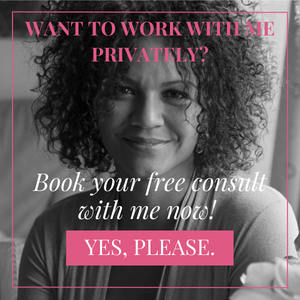
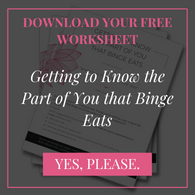
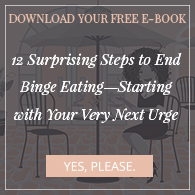

















0 Comments